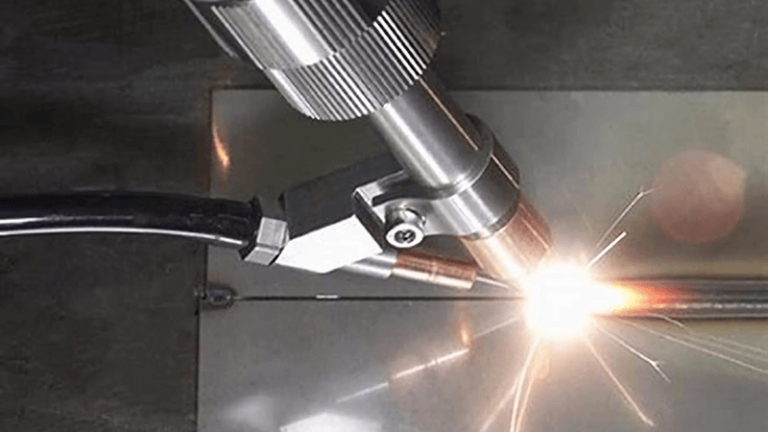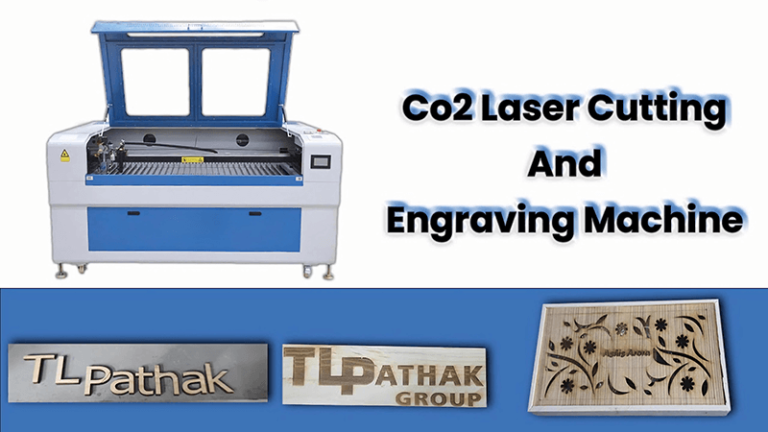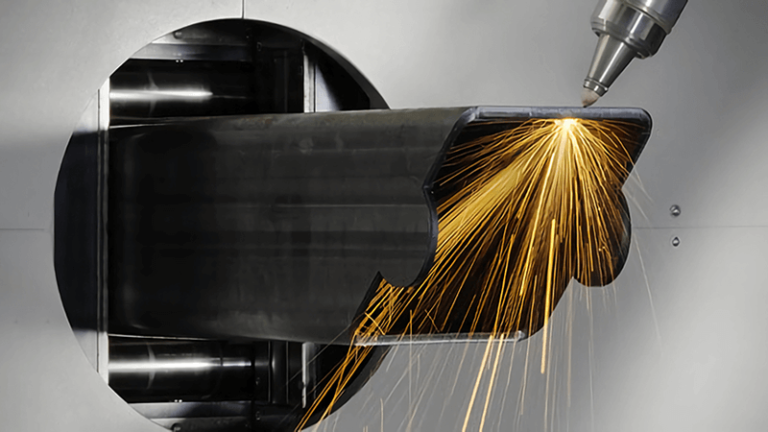I’ve seen fiber laser machines boost production overnight—and I’ve also seen small oversights bring entire lines to a crawl. Knowing how to use and care for your laser machine isn’t optional—it’s the baseline for success.
To use and maintain a fiber laser cutting machine effectively, you need a clear process for operation, routine maintenance, and servicing. Follow manufacturer guidelines and stay consistent.
Routine maintenance and proper usage aren’t just about machine longevity—they directly impact product quality, production speed, and your team’s bottom line. If you’re serious about results, keep reading.
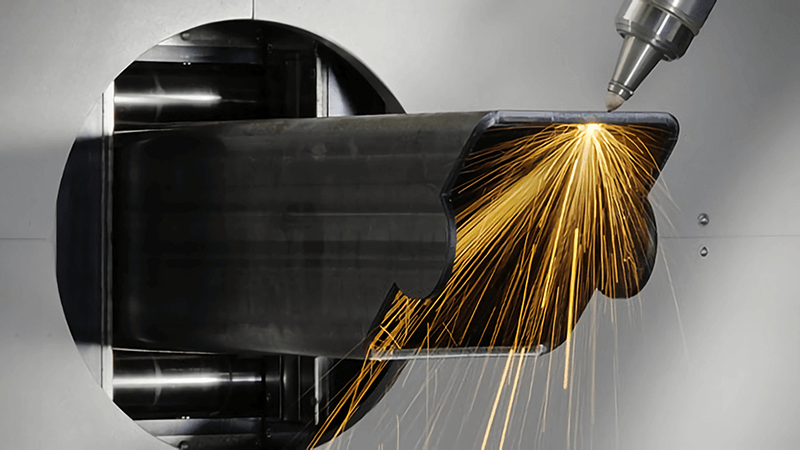
How do you maintain a cutting machine?
Keeping your machine healthy doesn’t mean guessing—it means following a checklist. Most production issues I’ve helped solve came down to missed basic care steps.
You maintain a fiber laser cutting machine by cleaning the optics, checking the nozzle, inspecting the filters, and calibrating regularly. Consistency prevents errors and reduces downtime.
Daily and Weekly Maintenance Tasks
Daily checks are my ritual. I always start by cleaning optics and making sure the beam alignment is perfect. Even a tiny misalignment can ruin a batch.
| Task | Frequency | Purpose |
|---|---|---|
| Clean protective lens1 | Daily | Ensures beam quality, prevents burning |
| Inspect nozzle | Daily | Maintains cut accuracy |
| Check air supply & pressure | Daily | Avoids charring and ensures clean cuts |
| Clean dust and debris | Weekly | Prevents motor overheating |
| Calibrate focus height2 | Weekly | Maintains precision and consistency |
| Replace filters (air/cooling) | Monthly | Ensures optimal temperature control |
I once had a customer from the U.S. contact us about declining cut quality. Their nozzle was caked with residue, and they’d skipped alignment checks for over a week. After showing them a proper cleaning routine, their throughput went up 30%.
Maintenance isn’t exciting—but it saves you thousands in the long run.

How to operate a laser machine step by step?
When I demo our machines for new customers, I always emphasize one thing: don’t rush the setup. Precision begins at startup.
To operate a fiber laser cutting machine: prepare the design file, configure parameters, place the material, align the focus, and start the cut. Safety and precision come first.
Step-by-Step Operation Guide
Operating the machine isn’t complicated—but skipping steps leads to problems fast.
-
Power On
Turn on the main machine and control system. -
Load Design
Import the CAD file into the software, and check dimensions. -
Set Parameters
Input power, speed, and gas settings based on material type and thickness. -
Material Placement
Place the sheet metal securely on the cutting table. Verify it’s flat. -
Focus Calibration3
Adjust the focus height to match material thickness. Auto-focus systems help, but manual checks are still key. -
Preview Cut Path
Use “dry run” mode to check if the cut path is clear and optimized. -
Start Cutting
Activate the laser and monitor the process. Keep an eye on sparks and edges. -
Post-Cut Check4
Inspect edges for burrs or roughness. Clean the machine for the next job.
The worst mistakes happen when teams skip the preview or use incorrect speed settings. I’ve helped customers fix warping issues just by slowing the speed 10% and adjusting assist gas flow.

How often should a laser cutter be serviced?
Think of servicing like your car’s oil change. If you wait for the engine to stall, it’s already too late.
A fiber laser cutting machine should be serviced monthly for filters and optics, quarterly for alignment and lubrication, and annually for full system diagnostics.
Recommended Service Timeline
Different machine components wear out at different rates. At Kirin Laser, we guide all partners to stick with this basic service timeline:
| Component | Service Frequency5 | Notes |
|---|---|---|
| Protective Lens6 | Daily to Weekly | Clean or replace depending on usage |
| Nozzle & Ceramics | Weekly | Clean debris, replace if worn |
| Filter (Air & Water) | Monthly | Clogs impact cooling and air purity |
| Guide Rails & Motors | Quarterly | Lubricate, check for wear or damage |
| Laser Source Diagnostics | Annually | Ensure power consistency |
We had a client who didn’t replace their air filters for 6 months. Their cooling system failed during peak season. The damage cost $4,000 and 10 days of downtime. With regular servicing, it would have cost $50 and taken 30 minutes.
Stick to the schedule. It’s not optional—it’s strategy.

What are the basics of laser cutting?
Fiber laser cutting feels complex, but the basics are rooted in a few key principles. Once you understand them, everything else builds on top.
Laser cutting uses a focused beam to melt and vaporize material, directed by a motion system based on CAD input. Key factors are laser power, focus, assist gas, and motion control.
Breaking Down the Core Principles of Laser Cutting Machines
Here’s what really matters when you’re getting started with fiber laser cutting7:
1. The Beam
The fiber laser produces a concentrated light beam, typically 1064nm in wavelength. It travels through fiber optics and focuses on a point less than 0.2mm in diameter.
- More power ≠ better results
High wattage helps with thick materials, but for thin sheets, precision and speed matter more.
2. The Focus
Focus height determines the energy concentration. Too high, and you get burrs. Too low, and the material burns or melts unevenly.
- Auto-focus heads help, but we still recommend manual verification, especially after nozzle replacement.
3. Assist Gas8
Oxygen and nitrogen help eject molten material and improve cut quality. Oxygen supports combustion (faster, for carbon steel), while nitrogen provides cleaner edges (ideal for stainless steel).
| Gas Type | Use Case | Benefit |
|---|---|---|
| Oxygen | Carbon Steel | Faster cuts, lower cost |
| Nitrogen | Stainless/Aluminum | No oxidation, clean edges |
4. Motion System
Precision servo motors follow the CAD-designed path. If motion control isn’t calibrated, even the best beam won’t help.
Understanding these principles gives operators more control and helps them troubleshoot independently. That’s something automation alone can’t do.
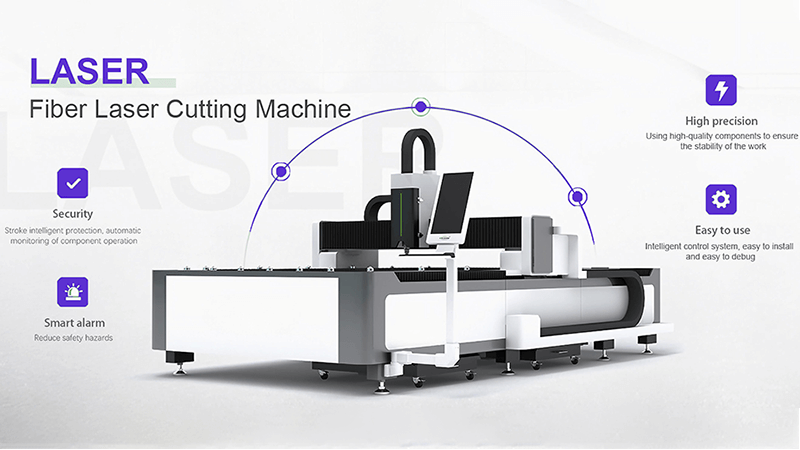
Conclusion
Operating and maintaining a fiber laser cutting machine9 isn’t just about pushing buttons. It’s about discipline. Daily care, consistent operation, and regular servicing keep your machine sharp and your production smooth. I’ve seen teams double their output simply by following these basics. And when problems do show up, you’ll know exactly where to look—and how to fix them.
-
Discover why maintaining your protective lens is crucial for optimal beam quality and preventing costly errors. ↩
-
Learn the best practices for calibrating focus height to ensure precision and consistency in your cuts. ↩
-
Understanding focus calibration is crucial for achieving precise cuts and avoiding material damage. ↩
-
A post-cut check ensures quality control, helping to identify issues like burrs that can affect the final product. ↩
-
Understanding service frequency can help prevent costly downtime and extend the lifespan of your equipment. ↩
-
Proper maintenance of the protective lens is crucial for optimal performance and can save you from expensive repairs. ↩
-
Explore this link to understand the advantages of fiber laser cutting, including efficiency and precision, which are crucial for modern manufacturing. ↩
-
Learn how assist gases like oxygen and nitrogen enhance cut quality and speed, making your laser cutting processes more effective. ↩
-
Find the best laser cutting machine and laser cutting solutions from Kirin Laser, clicking this link to get all your needs. ↩


